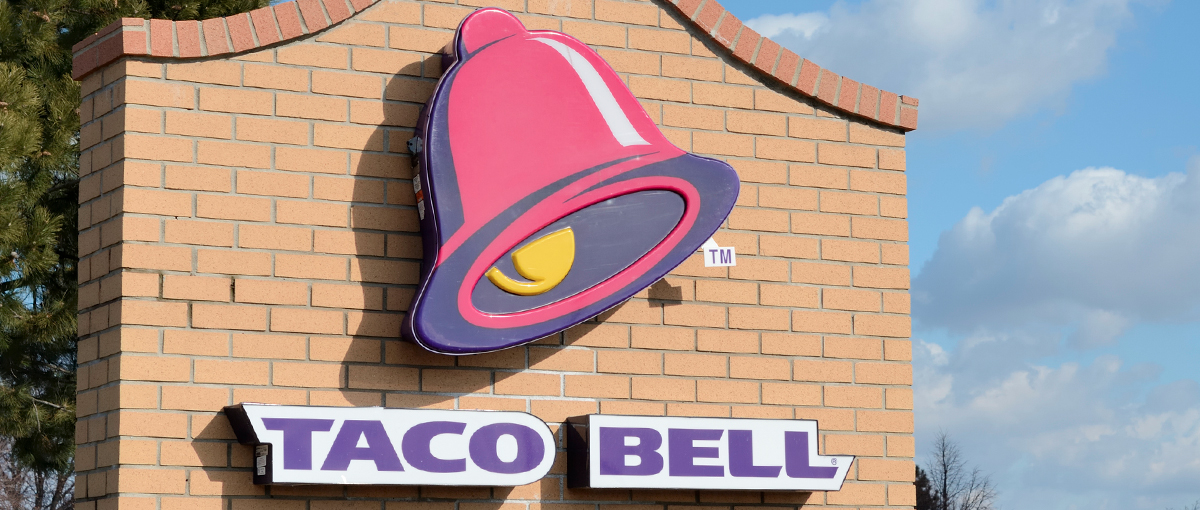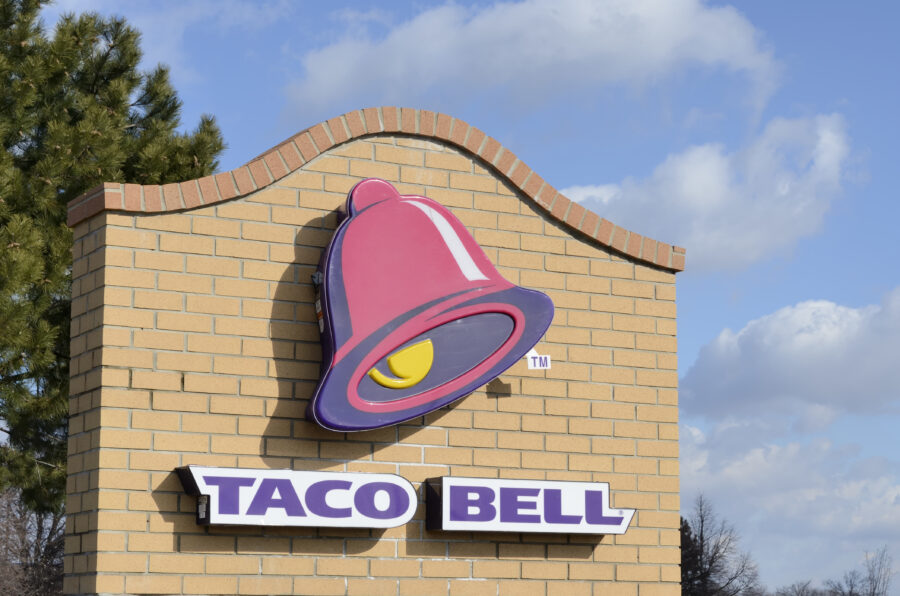
For years, fast-food giants like McDonald’s and Taco Bell dominated the quick meal space. But in 2025, a surprising rival is emerging stronger than ever: convenience stores.
From Wawa and Sheetz to Buc-ee’s and even 7-Eleven, these once-overlooked pit stops are reshaping where—and how—Americans eat on the go.
The Breakfast Battlefield
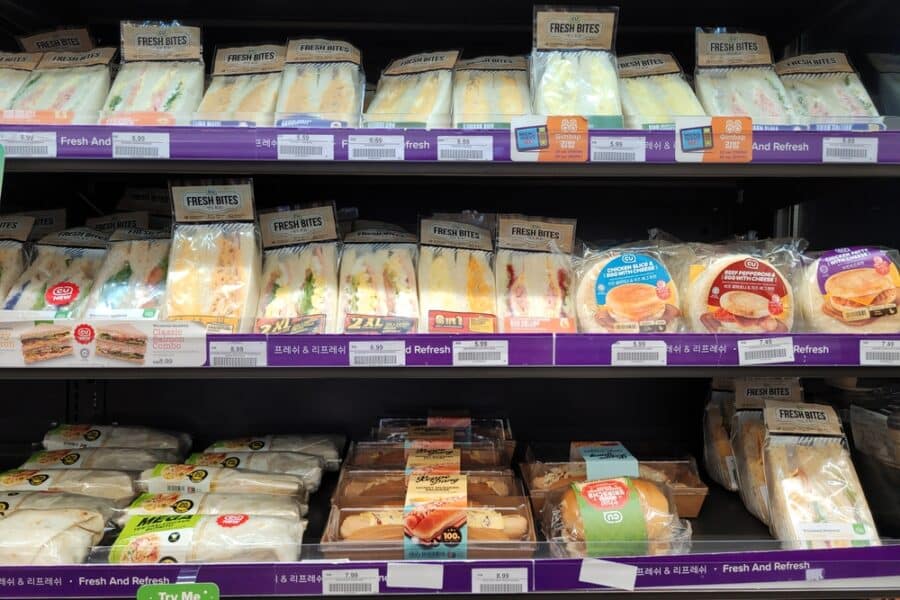
Breakfast has always been fast food’s stronghold, but that’s changing fast. According to Circana research, food-forward convenience stores have reclaimed ground lost during the pandemic and are now outpacing traditional chains in morning traffic. Shoppers are grabbing hot breakfast sandwiches, fresh pastries, and coffee directly from c-stores, bypassing the drive-thru entirely.
Why Customers Are Switching

The appeal is simple: price and speed. Inflation has made fast-food meals more expensive, while c-stores continue to offer affordable options, sometimes under $3, that rival fast-food staples like the McMuffin. Many c-store chains also have shorter lines and more flexible hours, making them an easy grab-and-go solution.
C-Stores Level Up Their Food Game
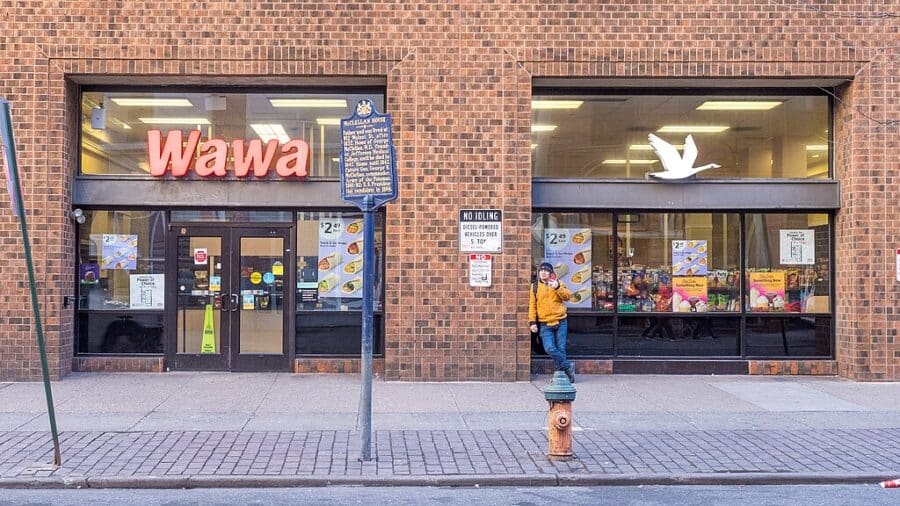
This shift isn’t just about lower prices. Chains are actively investing in their food offerings. 7-Eleven, for example, is expanding its prepared food business in the U.S., inspired by the success of its Japanese operations. Meanwhile, RaceTrac made headlines with its $566 million purchase of Potbelly, signaling an aggressive push into the quick-service restaurant space.
The Fast-Food Response

Fast-food players aren’t sitting idle. McDonald’s, Taco Bell, and Wendy’s have doubled down on value menus, digital ordering, and loyalty rewards to attract budget-conscious customers. But the hybrid work culture has permanently altered morning routines, leaving breakfast traffic inconsistent and recovery uneven (WCNC).
Beyond Breakfast: The All-Day Threat
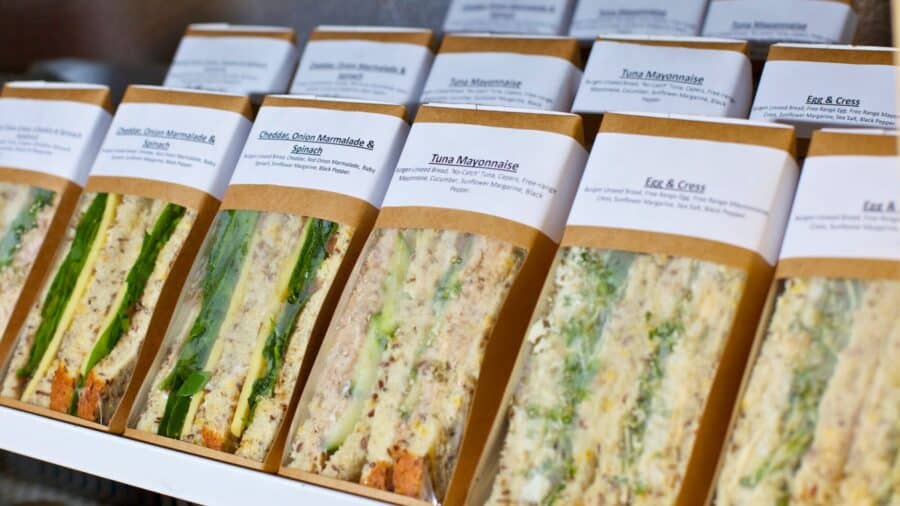
C-stores aren’t stopping at breakfast. Many locations now feature hot lunches, freshly made salads, and sandwiches that directly compete with fast-food menus (Business Insider). What was once a grab-and-go pit stop is evolving into a true dining destination, blurring the line between a gas station and a restaurant.
Consumer Behavior Shift
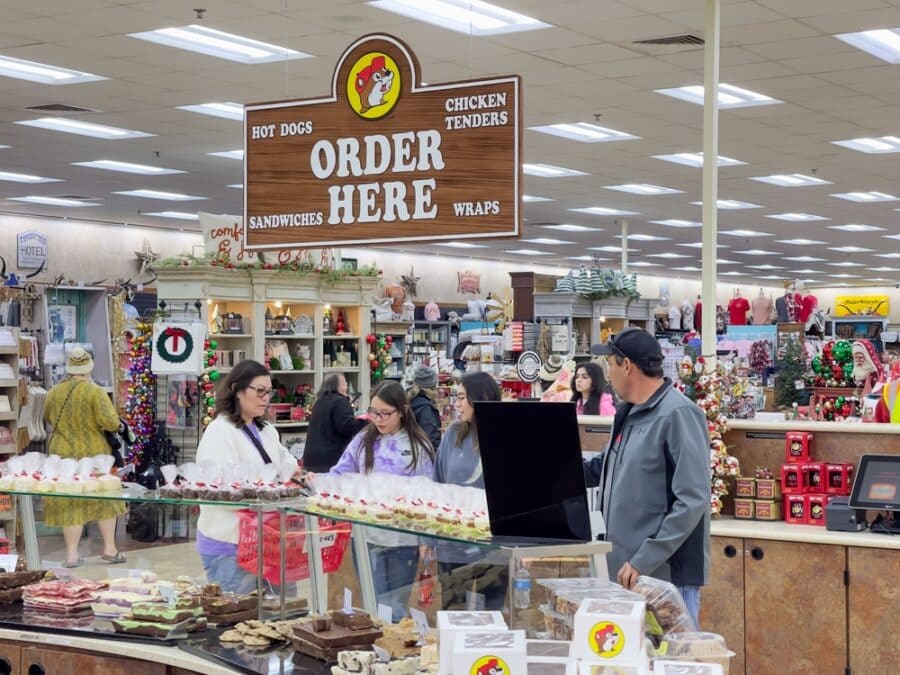
The pandemic accelerated lifestyle changes, and customers are now prioritizing flexibility over tradition. Hybrid work means fewer predictable meal times, while rising costs make people more willing to try alternatives. C-stores thrive in this environment, offering variety and novelty while satisfying the modern consumer’s demand for convenience.
Industry Impact
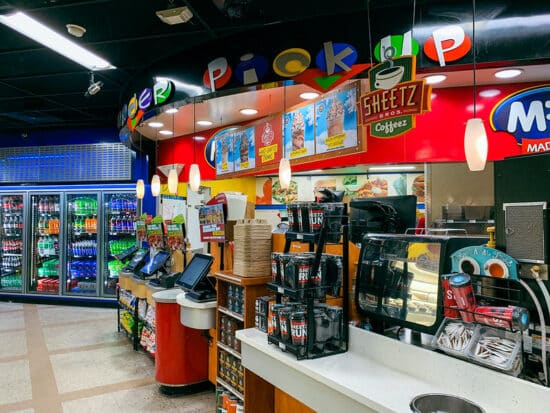
The growing popularity of c-stores is forcing the fast-food industry to rethink its strategy. Quick-service restaurants (QSRs) once brushed off c-stores as peripheral competition. But with market share slipping and billions of dollars in breakfast sales at risk, it’s clear that c-stores are now formidable players in the foodservice industry.
The Bigger Picture
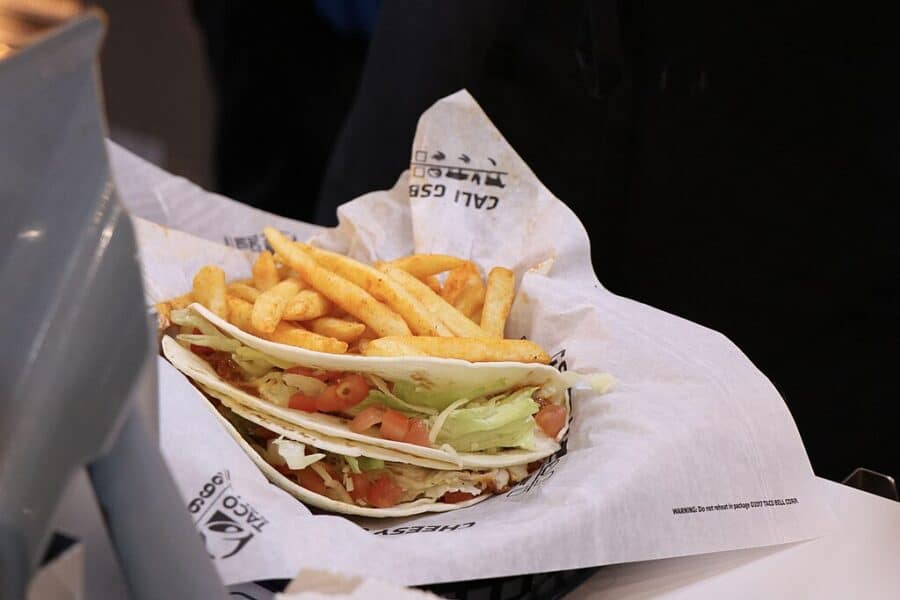
What’s happening in the U.S. reflects a global shift. Food and convenience are merging in ways that make brand categories less relevant to consumers. Whether it’s a sandwich from Sheetz or a burrito from Taco Bell, what matters is speed, price, and quality. This new competitive landscape suggests that the lines between “gas station grub” and “restaurant meal” may soon disappear altogether.
A New Era of Dining on the Go
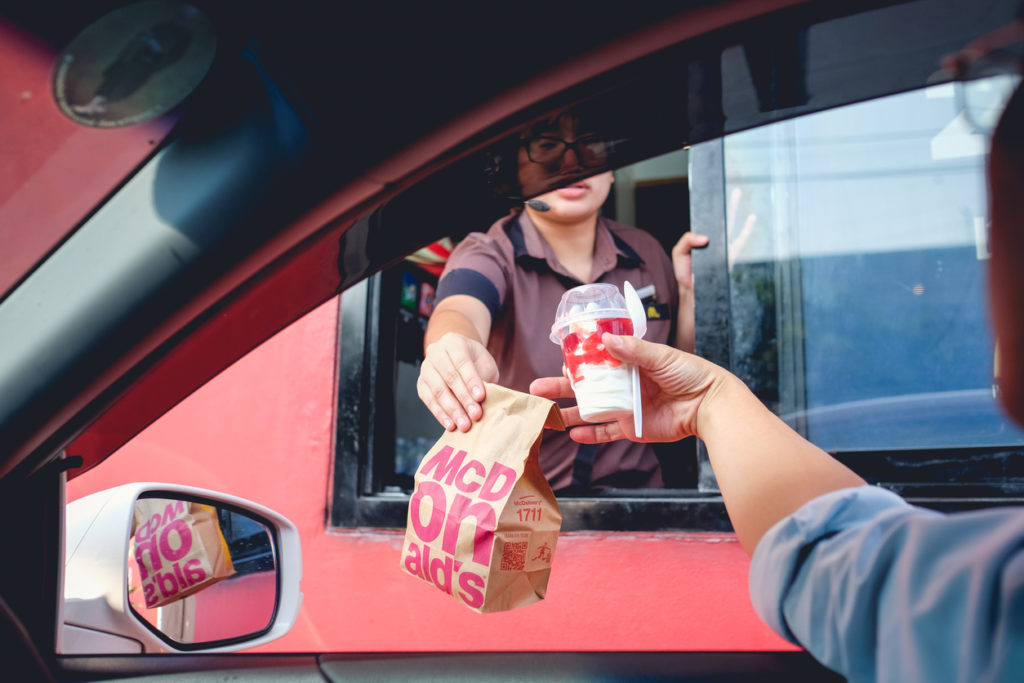
Ultimately, the rise of convenience stores as food destinations reflects a cultural shift in how Americans think about quick meals. It’s not just about the cheapest option or the fastest drive-thru anymore—it’s about flexibility and choice. As c-stores expand and innovate, they’re rewriting the rules of quick dining, creating a new era where the gas station down the street might just be your favorite lunch stop
